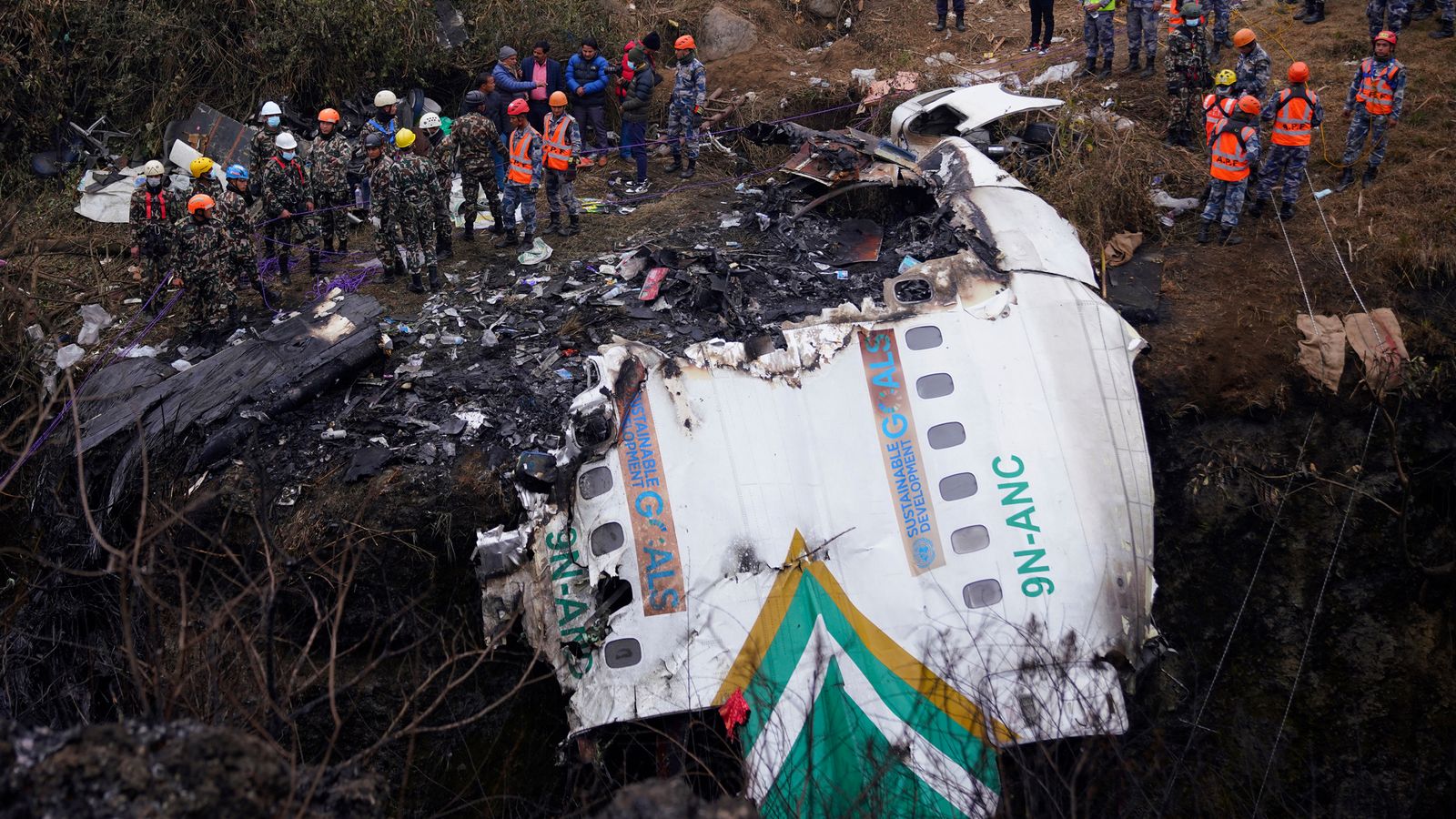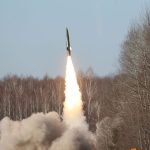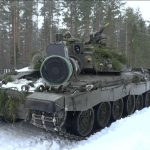A plane crash in Nepal that killed 72 people earlier this year was caused by an accidental cutting of the aircraft’s power by its pilots, government investigators have found.
This meant the engine lost thrust, leading to “aerodynamic stall”, a report by the government-appointed panel said.
The ATR 72, operated by Yeti Airlines, crashed on 15 January 2023.
It had been travelling from Nepal‘s capital city, Kathmandu, to Pokhara, the gateway to the Annapurna Circuit hiking trail in the Himalayas.
It was spotted flying extremely low before spinning out of control and then smashing into a hill over a gorge.
None of the passengers or crew survived, making it Nepal’s deadliest plane crash in 30 years.
After the incident it was reported that Pokhara airport, which had opened only two weeks prior, did not have a landing guiding system.
Glasgow climber Tim Miller wins Piolet d’Or award five years after surviving deadly avalanche
Nepal becomes first South Asian country to register same-sex marriage
TikTok banned by Nepal over allegations it disrupts ‘social harmony’
But the new report has blamed the crash on human error.
The pilots had likely put the condition levers, which control power, in the “feathering” position, instead of selecting the flap lever, said Dipak Prasad Bastola, an aeronautical engineer and a member of the investigating panel.
He put this down to a lack of awareness and a lack of standard operating procedures.
This led the engine to “run idle and not produce thrust”, he said.
“But due to its momentum, the aircraft flew for up to 49 seconds before hitting the ground.”
Read more from Sky News:
Israel-Hamas latest: Hamas issues new statement on hostages
Northern Europe could be in deep freeze in January
Be the first to get Breaking News
Install the Sky News app for free
The air crash was Nepal’s worst since 1992, when a Pakistan International Airlines Airbus A300 careered into a hillside on approach to Kathmandu, killing all 167 people on board.
Since 2000, more than 300 people have died in plane or helicopter crashes in Nepal, famous for its Himalayan peaks including Everest, Kanchenjunga and Annapurna II.
The European Union has banned Nepali airlines from its airspace since 2013, citing safety concerns.






















